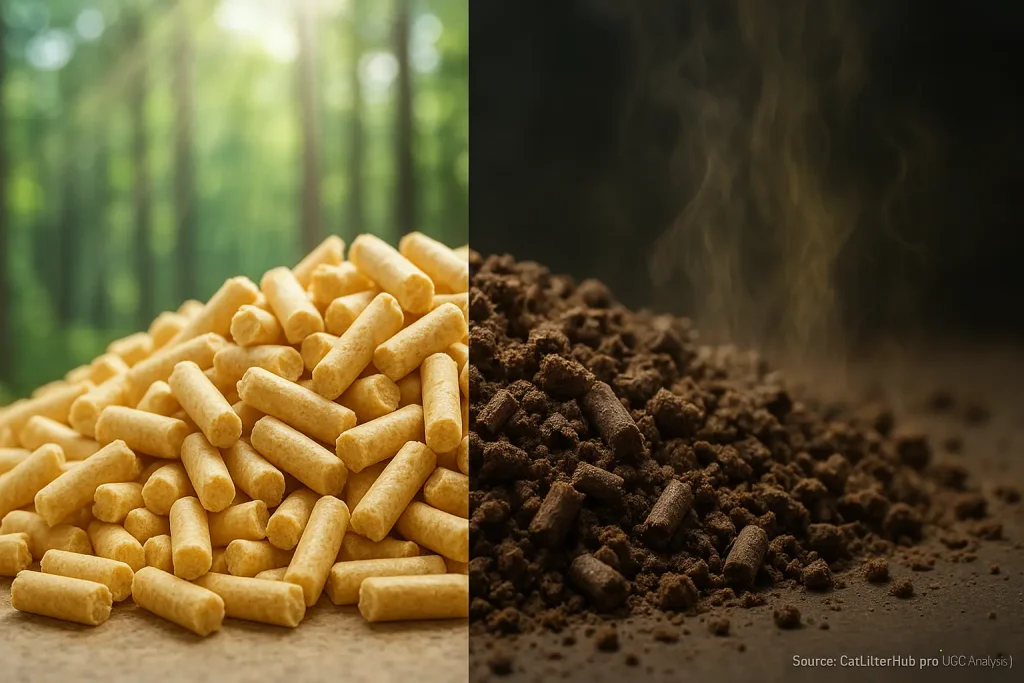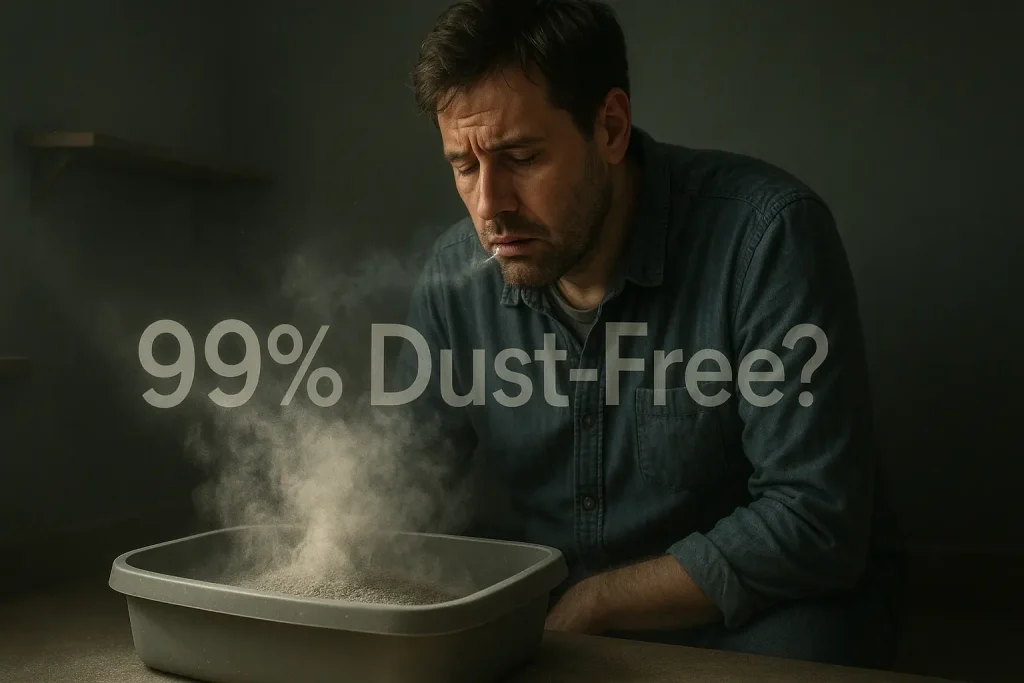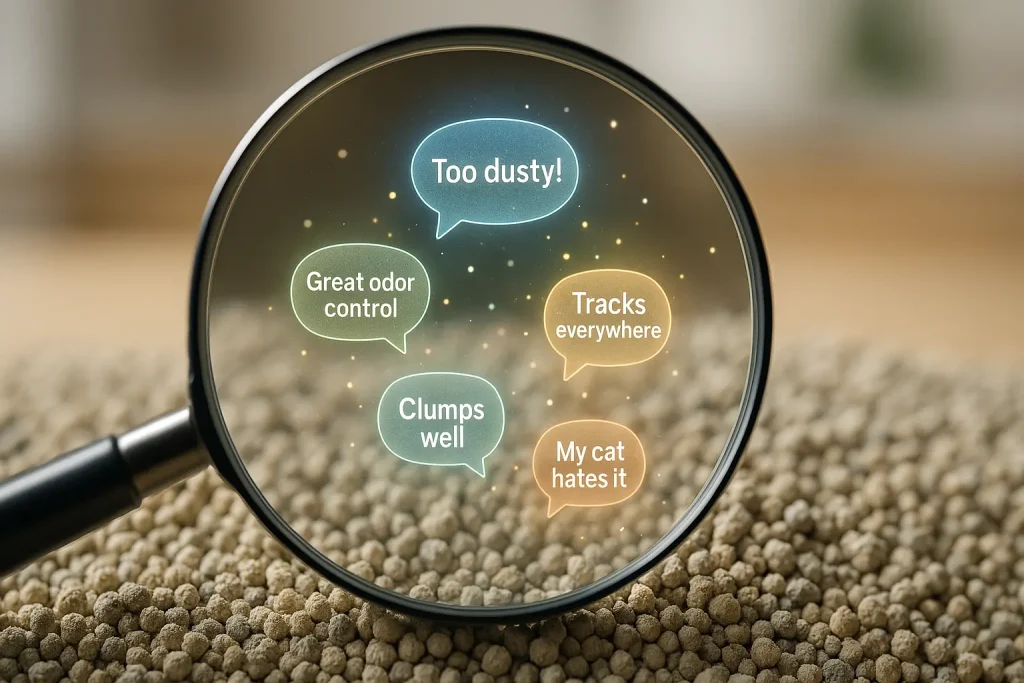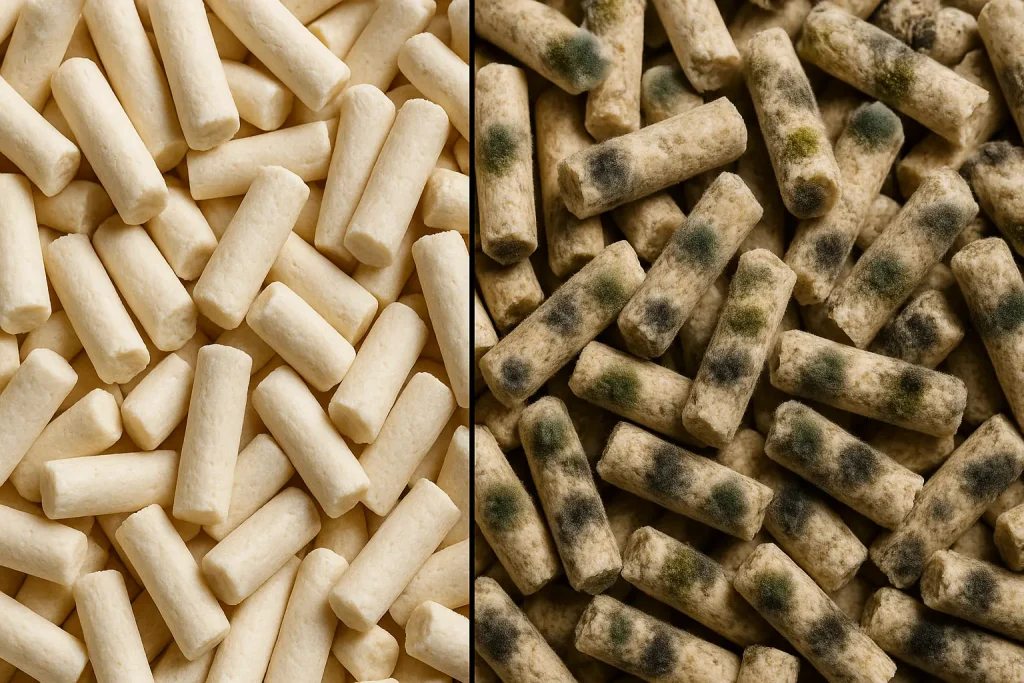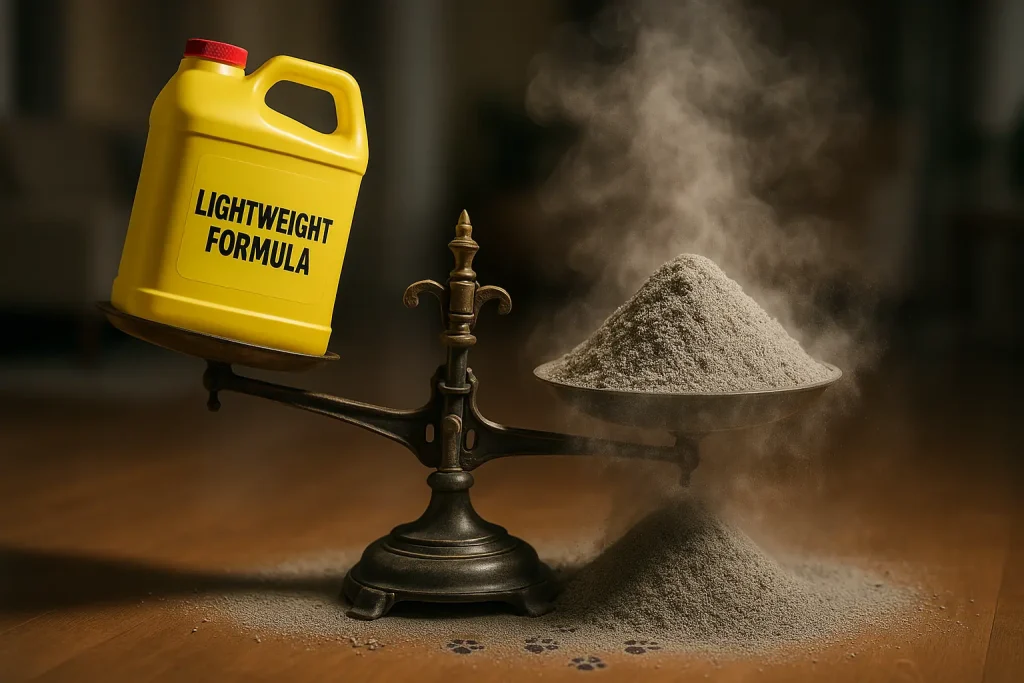The Naturally Fresh Walnut Enigma: Great Scent Control, But at What Cost?
Naturally Fresh walnut litter often attracts cat owners. Its natural composition and promise of good odor control draw them in. Many users initially praise the earthy, pleasant scent. A significant, widely reported issue, however, frequently overshadows these benefits, creating a real puzzle.
Imagine discovering a litter that genuinely keeps tough odors at bay. Your home finally smells fresh. Then, you spot them. Dark, stubborn stains appear on your cat’s paws. These marks can transfer to light-colored carpets or bedding. This exact scenario is a common frustration voiced in countless user reviews.
This core conflict – impressive odor management versus alarming staining potential – is central to user discussions about Naturally Fresh. The collective experience of cat parents highlights this difficult trade-off. It’s a dilemma many face: accept potential stains for superior scent control, or seek alternatives. This brand truly puzzles users.
Cat Litter Hub has delved into thousands of real-world user experiences. We are here to unravel this "walnut enigma." Our analysis of what actual cat owners report aims to clarify if this litter's specific compromise suits your household. Is the acclaimed odor control worth the well-documented risk of staining?
Odor Control Deep Dive: Does Naturally Fresh Walnut Truly Conquer Smells?
Many cat owners select Naturally Fresh walnut litter, drawn by its promise of natural odor absorption. The walnut shells themselves are the basis for this acclaimed odor-fighting ability. A frequent story in reviews: "My small apartment used to reek, but since switching to Naturally Fresh, visitors don't even know I have cats!" This illustrates significant user approval, especially concerning initial ammonia control.
User feedback, however, paints a nuanced reality of odor control. A notable group of cat owners finds its effectiveness can diminish, sometimes more rapidly than they'd like. This observation surfaces frequently in multi-cat household reviews. Humid conditions also seem to reduce how long the odor control lasts, particularly for persistent fecal smells, according to user experiences.
The inherent scent of the walnut litter itself is a point of division among users. Some describe the natural, earthy aroma as pleasant and believe it contributes to a fresher litter box area. Others, and critically their cats, find this distinct walnut fragrance unappealing or too strong. Cat acceptance, therefore, sometimes becomes an unexpected hurdle for these owners.
This brings up a question many users ponder: does the walnut scent truly neutralize odors? Or does it primarily mask them with its own fragrance? User comments occasionally suggest the latter, noting that underlying smells can sometimes break through the walnut aroma. The consensus on complete, long-term odor neutralization by Naturally Fresh walnut litter remains mixed in the user community.
The Staining Cat-astrophe: Unpacking User Warnings About Walnut Litter
Walnut litter, especially the Naturally Fresh brand, frequently causes staining issues. Our analysis of extensive user feedback highlights this as its most significant drawback. Cat owners consistently report dark brown or black stains. These marks appear on cat paws, surrounding floors, and sometimes even furniture.
Imagine this common scenario echoed in countless reviews: you love the litter's odor control, then discover your cat's light-colored paws are persistently grimy. Worse, small dark spots begin appearing on your carpets or, notoriously, your tile grout. Many users describe their white or light-furred cats looking like they've waded through mud, with dingy stains on paws and bellies. This problem is a recurring theme in user warnings.
Removing these walnut litter stains proves exceptionally challenging for many cat owners. The collective experience shows that standard household cleaners often fail to lift the dark pigmentation completely. Users express immense frustration over permanent marks on light-colored carpets, rugs, and especially porous tile grout. This difficulty in cleaning often makes the staining a deal-breaking issue, forcing owners to seek alternatives despite any other benefits the litter might offer.
The potential for stained fur and home surfaces represents an unspoken cost. Marketing materials may not emphasize this downside, but user experiences paint a clear picture. This isn't a rare occurrence; it is a widely reported problem. The frustration of battling persistent, unsightly stains leads many to advise caution before choosing this litter type, particularly for homes with light-colored cats or furnishings.
Beyond Odor & Stains: How Does Naturally Fresh Perform on Clumping, Tracking & Dust? (UGC Insights)
Naturally Fresh's clumping performance prompts varied reactions from users. Some find the clumps satisfactory for scooping. Many others, however, report considerable problems with soft, breakable clumps. These less sturdy formations complicate box cleaning for numerous cat households. "The clumps just fall apart when I try to scoop, making a bigger mess!" is a common frustration found in user reviews.
Tracking is a notable drawback for many Naturally Fresh users. The dark walnut shell particles are highly visible. They scatter, showing up starkly on light-colored floors and carpets. This visibility means more frequent vacuuming for numerous households. For some, this persistent tracking diminishes their overall satisfaction with the litter.
Dust levels with Naturally Fresh receive comparatively favorable mentions in user feedback. Many owners observe less airborne dust than with most clay-based products. This reduction is a clear benefit for sensitive households. The litter isn't completely dust-free, though. Users still note some fine particles, especially when filling the box or when cats dig enthusiastically.
Interactive Tool: Assess Your Walnut Litter Stain Risk
Walnut Litter Stain Risk Profiler
Have you tried our Walnut Litter Stain Risk Profiler above? This tool helps gauge your specific staining potential, based on aggregated user experiences. It considers your cat's fur color and your home's vulnerable surfaces. Many owners find this personalized insight valuable.
Understanding these potential stain scenarios, common in user feedback, empowers your decision. You can better anticipate cleaning needs. Ultimately, selecting any litter involves weighing its unique advantages against its known drawbacks. Walnut litters present their own distinct profile of pros and cons for your consideration.
The Final Scoop: Is Naturally Fresh Walnut Litter a Good Choice for Your Cat?
Naturally Fresh walnut litter presents a complex choice, according to extensive user feedback Cat Litter Hub has analyzed. Many cat owners praise its effective, natural odor control. This is a distinct advantage. However, a persistent, significant drawback dominates discussions: staining. Dark, difficult-to-remove marks on cat paws and household surfaces are very common owner complaints.
So, for whom might this litter work? Our synthesis of thousands of user experiences suggests a specific profile. If you have dark carpets, perhaps a dark-furred cat, and prioritize potent, natural odor neutralization above nearly all else, Naturally Fresh could be a possibility. But for those valuing spotless paws and light-colored furnishings? The user consensus is overwhelmingly cautious. Many report it's simply not worth the cleaning battles.
User opinions on other performance aspects like clumping, tracking, and dust levels also show considerable variation. Clumping ability, for instance, satisfies some users but disappoints many others who describe weak or messy clumps. Similarly, reports on tracking and dust are inconsistent. No universal agreement on these features emerges from the collective user voice.
The decision to use Naturally Fresh walnut litter hinges on your individual priorities and your tolerance for its well-documented staining risk. Cat Litter Hub provides this deep dive into user data to help you make an informed choice. If the potential for stains is a primary concern, investigating alternative litters frequently recommended by users for cleanliness might be a wise next move.


